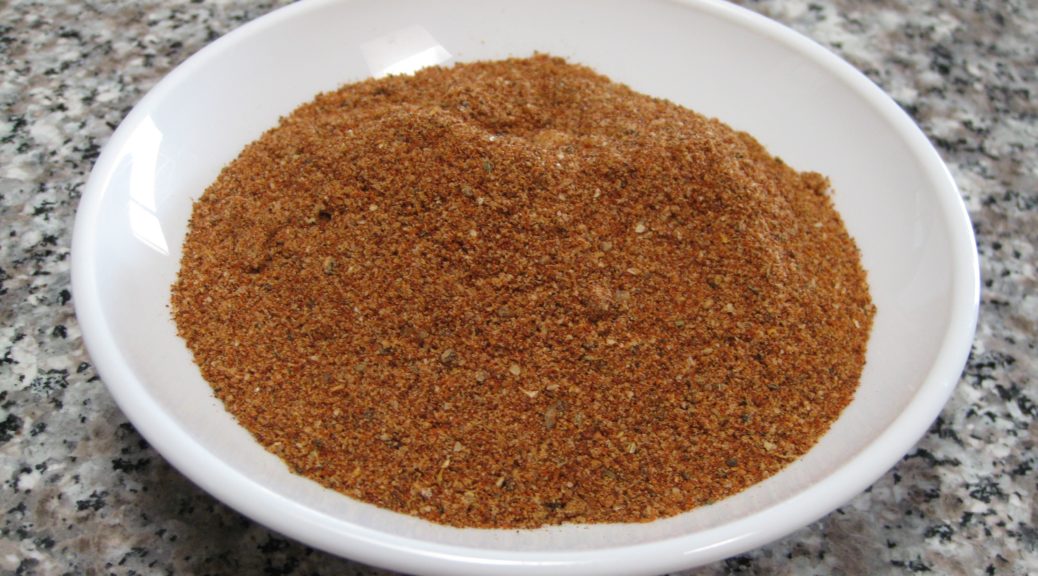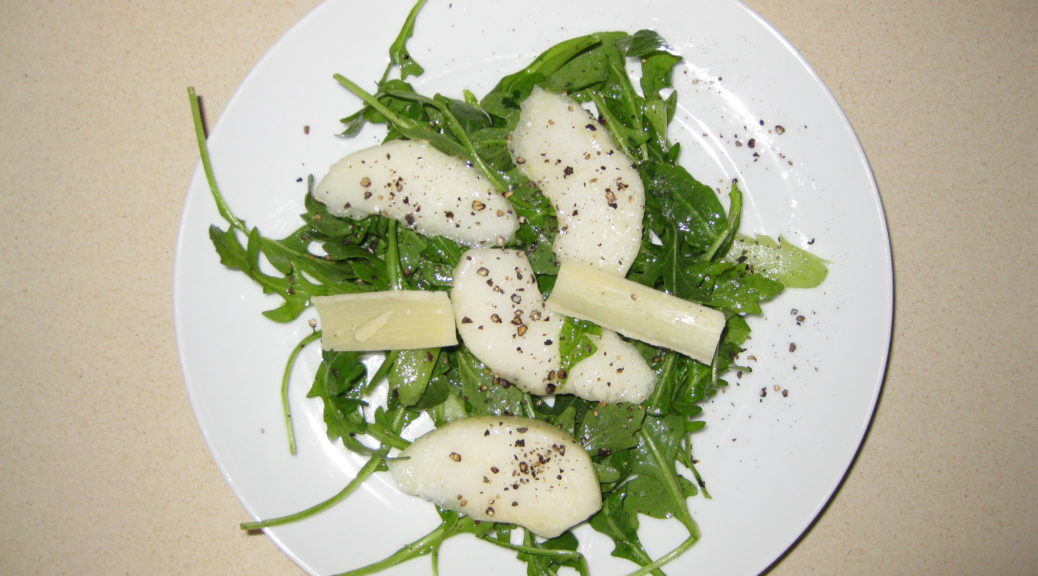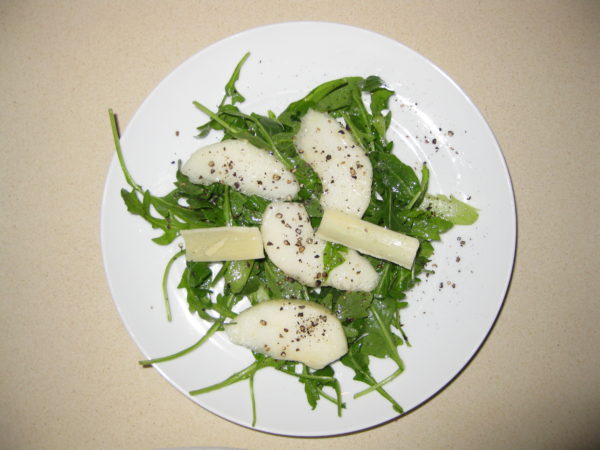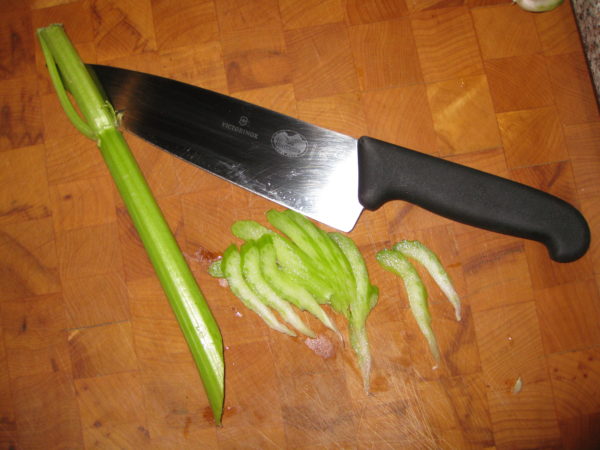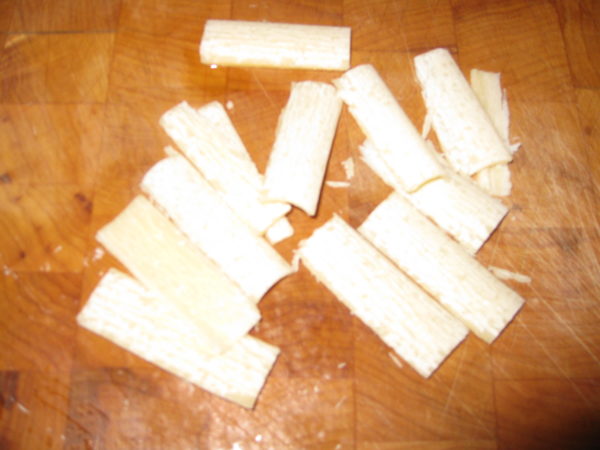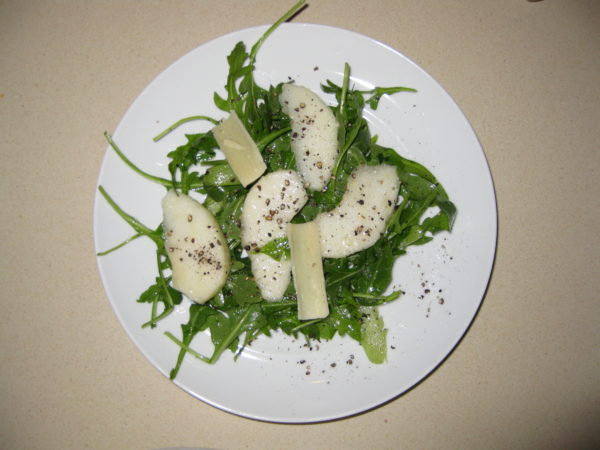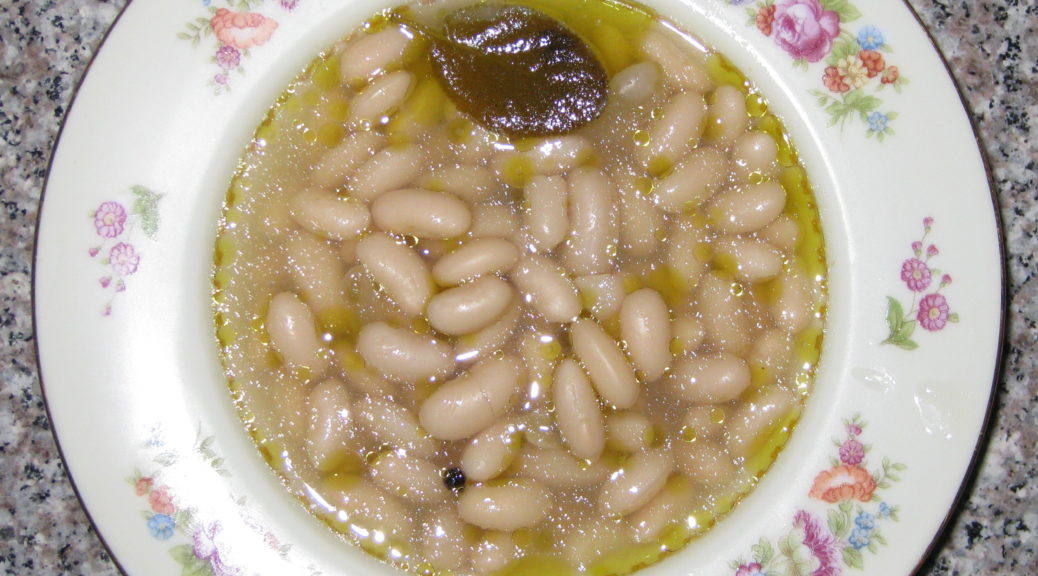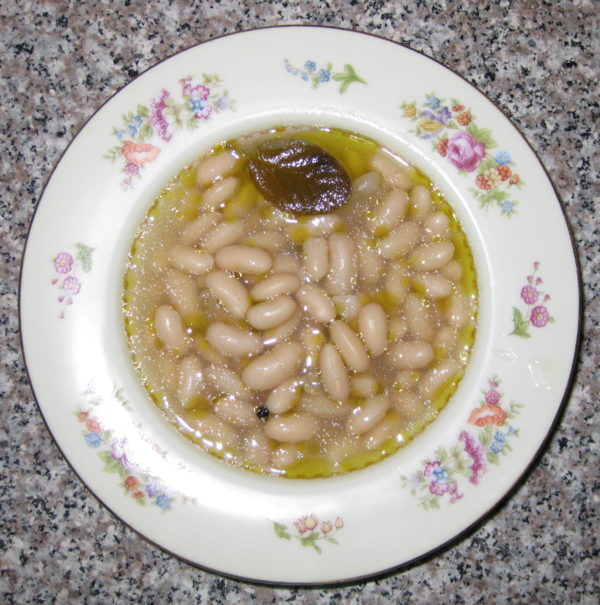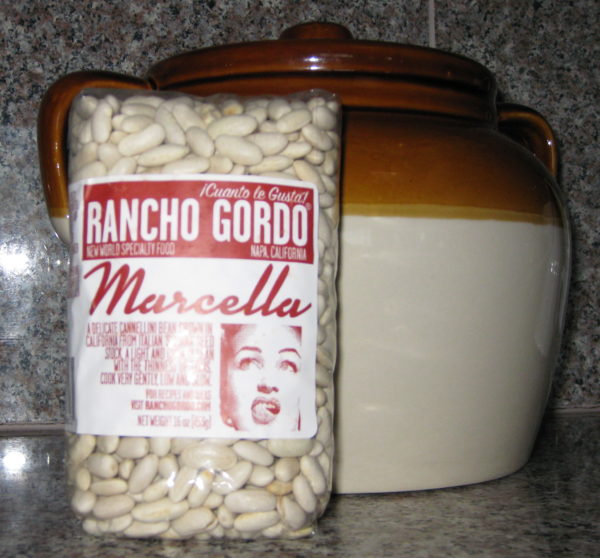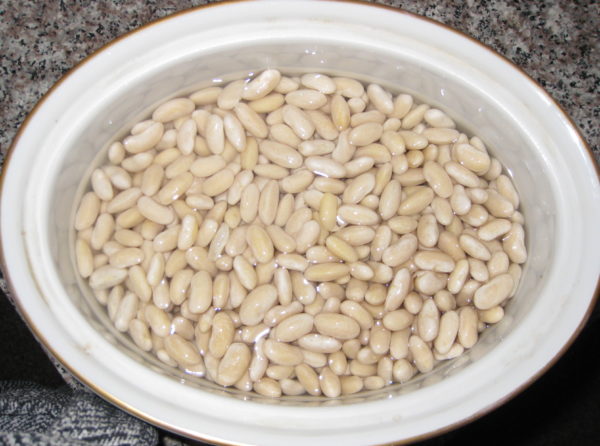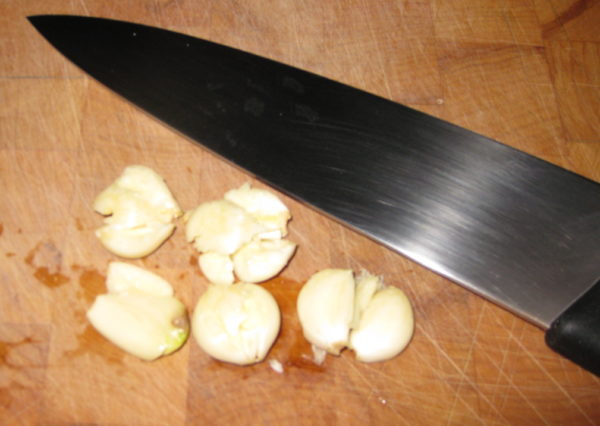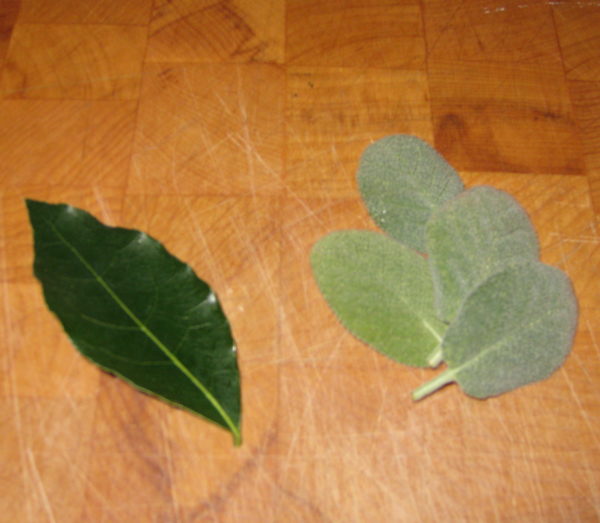June 15, 2018
As summer approaches, my thoughts of cooking turn to the outside. Luckily, at 8000 feet, it’s not a problem to use the stove or the oven inside, even for extended periods of time, as the outdoor temperature is usually quite moderate and the house doesn’t really heat up.
Even so, summer instigates a more leisurely style of cooking for me.
I like using my smoker, or grill, or wood-burning oven.

There is no doubt that I have more of an Italian palate: more savory, less sweet. In contrast, an American palate generally accepts much more sweetness in an array of foods.
Join our mailing list and you’ll never miss a recipe again!
Once, when my husband’s Great Uncle Duilio (born and raised in Italy but then residing in Argentina) was visiting, we made an American breakfast of pancakes and bacon. He totally got into using maple syrup on the pancakes, and loved the bacon, but couldn’t understand the concept of allowing the sweet syrup to touch his bacon. It just wasn’t right.
By European standards, American barbecue is sweet. Even when we, as Americans, think it isn’t.
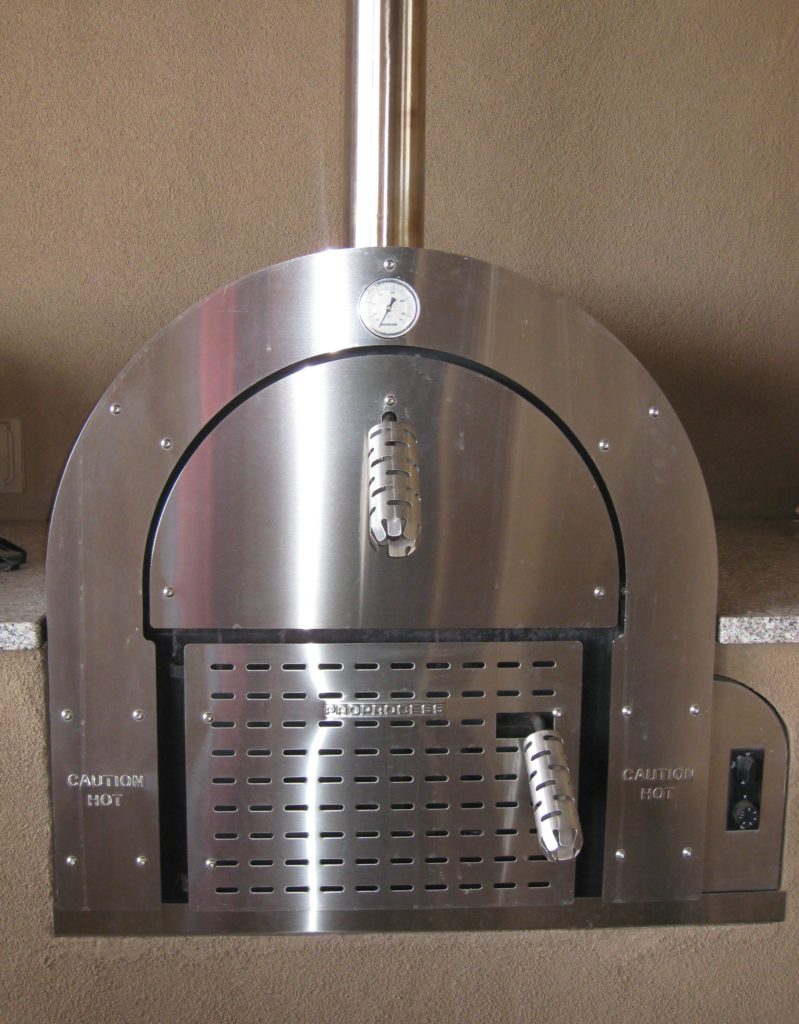
I guess I’ve developed an appreciation for a sweeter, more American approach to certain foods…barbecue, baked beans, bacon with maple syrup, and so forth. Definitely, though, I still prefer foods less sweet than many of my friends would find acceptable.
Today’s recipe is quite simple. It’s a barbecue rub. I developed it and have successfully used it on chicken, turkey, pork and beef.
In an upcoming post, I will describe my method for preparing skin-on, bone-in chicken thighs with both barbecue rub and barbecue sauce.
Follow us on your social media platform of choice

If you’re at all interested and, like me, want to be able to replicate you cooking over and over again, you need to develop your own barbecue rub rather than relying on a pre-mixed, store-bought version. This recipe is as good a starting point as I can think of. Honestly, it only takes a few minutes to mix enough for a summer of barbecuing!
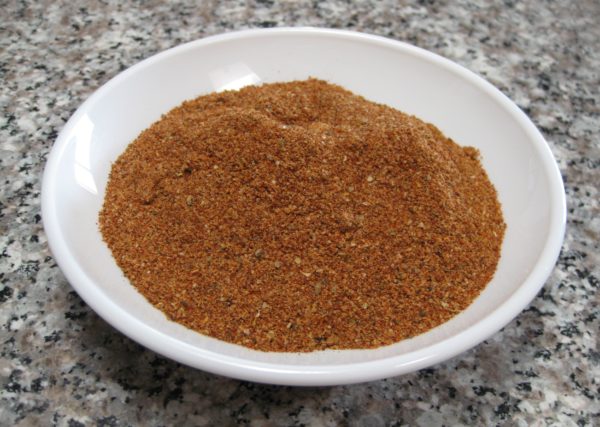
| Prep Time | 10 minutes |
| Servings |
cups
|
- 1/2 cup medium-hot New Mexico Chile Molido
- 1/4 cup sweet paprika
- 1 tablespoon garlic powder
- 1 tablespoon onion powder
- 1 tablespoon fine sea salt
- 1 teaspoon celery seed
- 2 tablespoons black peppercorns
- 1 tablespoon dried oregano
- 1/4 cup dark brown sugar lightly packed
Ingredients
|

|
- Combine chile, paprika, garlic powder, onion powder, salt, and celery seed in a jar.
- Grind black pepper in a coffee grinder.
- Add oregano to black pepper and grind again.
- Add pepper-oregano mixture to the contents of the jar.
- Pulverize the brown sugar in the coffee grinder.
- Add the brown sugar to the other ingredients. Mix well.

Copyright © 2018 by Villa Sentieri, LLC. All rights reserved.

